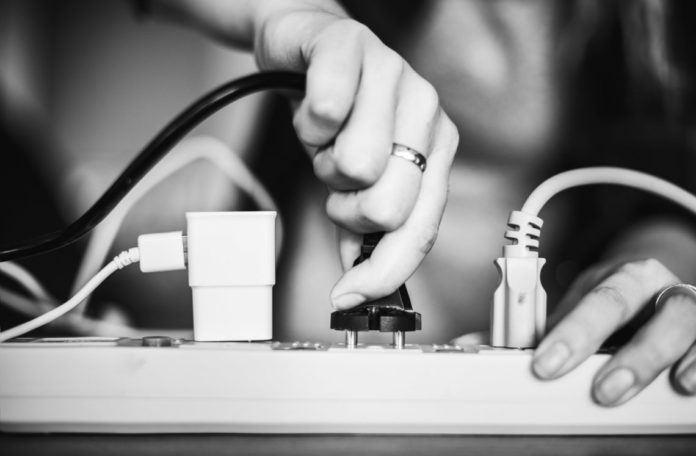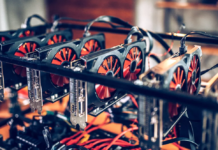
It pays off to know how to troubleshoot the components that supply electricity to your home. Even though you might want to call in an electrician to work on fixing the problem, knowing terminology will help you to diagnose the issue on your own first. If you are able to fix the issue before calling a technician, you’ll feel proud to be able to save money by doing things on your own. If you need to call a technician, you’ll be able to talk them through the problem without sounding like you know nothing about their trade. Keep reading as WesBell Inc. explains more.
The first part that every individual need to know about their home’s electrical supply involves figuring out where the electricity attaches to the house. The wire before the attachment point belongs to the electric company, so they are responsible for any issues that might occur in their supply. However, everything after that point belongs to the property owner or renter. (Renters are likely not responsible for electricity issues, but they should consult their leasing agreement for exact guidelines.) If the electricity in your home ceases to work, you should follow these tips to figure out who to call for assistance.
Table of Contents
Look for Obvious Obstructions

If there are damages to the power lines outside of your home, you need to report this information to the company that supplies electricity to your home. Other obvious damages to the meter or any damaged wiring before the meter should be reported to your electric company as well. It’s not unusual for a tree branch to fall onto power lines, causing problems for entire neighborhoods of people.
Main Breaker and Disconnect Switch
In the case of an emergency, the electricity in the house might need to be turned off. To safely turn off the electricity in the home, the disconnect switch may be flipped. This safety procedure keeps people from running into a burning building to turn off electricity. The main breaker to the home is in charge of maintaining electrical currents throughout the house, and it is located in the main service panel. Most modern homes operate on the main breaker with a 200 ampere maximum.
Branch Circuits

You notice that the lights are off in some of the rooms of your house, and you’re baffled by the fact that other lights are still on. This is what happens when you overload one of the branch circuits in the house. The branch circuits are responsible for particular areas of the home. Every house has a different layout of circuits, so you should start analyzing the area of the home where the outlets and lights aren’t working.
Try unplugging all the appliances, and flip the branch circuit breaker that corresponds to the area of your home that isn’t receiving electricity. You will be able to identify the proper circuit to flip based on it being the only circuit flipped in the opposite direction as the other breakers, or you might be able to locate it on a diagram inside the main service panel.
Devices, Switches, and Outlets
The devices in your home are all of the items that use electricity, including lights, appliances, fans, and anything else that needs a current to operate. Switches are usually found on walls next to doors, and they are used to control the supply of electricity to lights, fans, and outlets. Outlets are the places where you may plug a device. These simple terms will come up when you speak with an electrician, and knowing them will help you diagnose many electrical problems.







